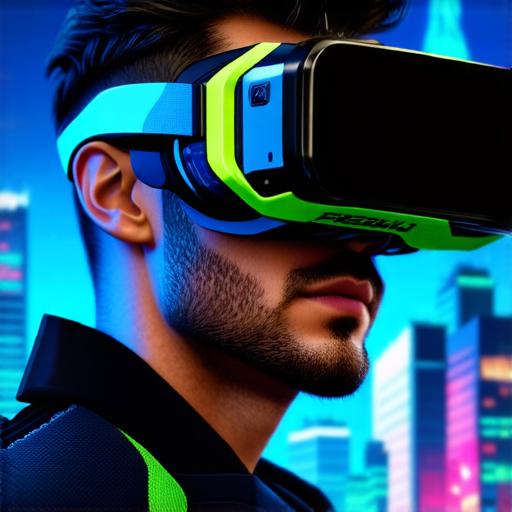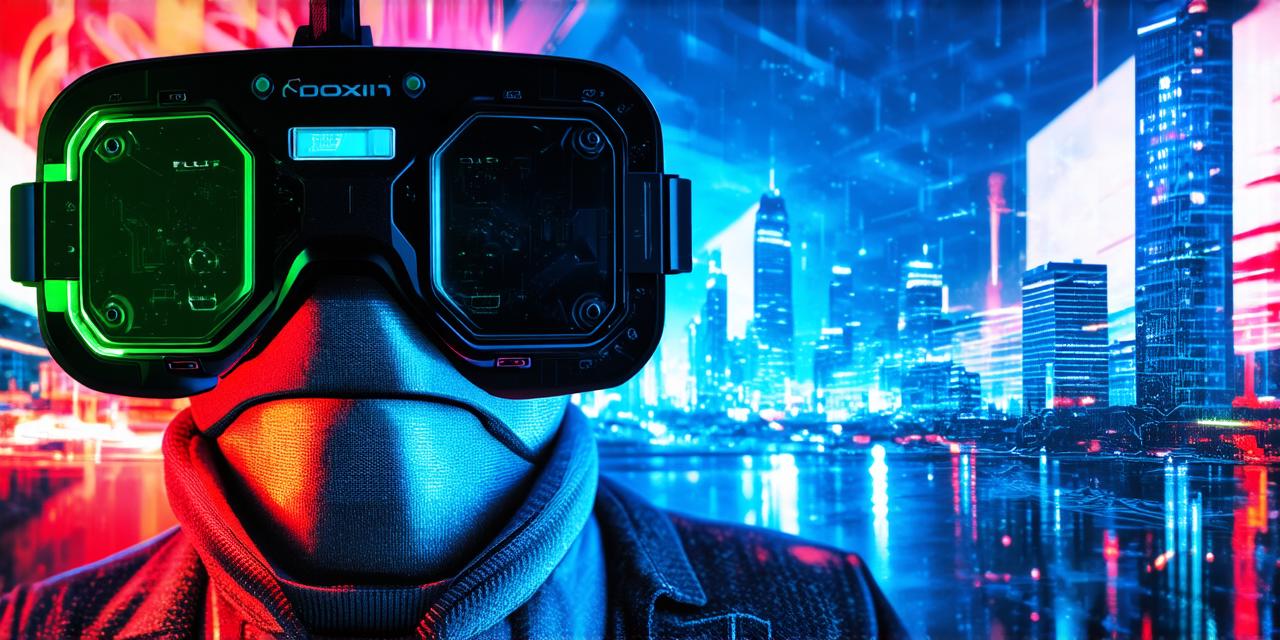Virtual reality (VR) has come a long way since its inception, with advancements in technology leading to increasingly immersive experiences for users.
However, as VR continues to evolve, what does the future hold for this technology and its potential applications?
Improved hardware and software

One of the key factors driving the growth of VR is the ongoing improvement of both hardware and software. As technology advances, VR devices are becoming more powerful, with higher resolution displays, faster processors, and more advanced tracking systems.
This allows for smoother, more immersive experiences, as well as increased freedom of movement for users.
In addition, advancements in software development have made it possible to create more complex and interactive environments within VR. This includes everything from realistic simulations of real-world environments to entirely new worlds created specifically for virtual use.
Growing applications
Virtual reality is already being used in a variety of industries, including gaming, education, healthcare, and entertainment.
However, as the technology becomes more widespread, we can expect to see even more creative uses for VR.
For example, in healthcare, VR could be used for pain management and physical therapy, allowing patients to experience virtual environments that distract from pain or help with physical rehabilitation.
In education, VR could be used to create immersive learning experiences that allow students to explore historical events or scientific concepts in a more engaging way.
In the entertainment industry, VR is already being used for gaming and immersive movies, but we can expect to see even more creative applications in the future. This includes everything from virtual concerts to interactive art installations.
Costs decrease
One of the barriers to widespread adoption of VR technology has been its high cost. However, as technology improves and economies of scale are reached, costs are likely to decrease.
This will make VR more accessible to a wider range of people and industries, leading to even greater growth and innovation in the field.
In conclusion, the future of virtual reality is bright, with ongoing improvements in hardware and software driving increased immersive experiences for users. Growing applications in a variety of industries, decreasing costs, and continued innovation all point to an exciting future for VR technology.



